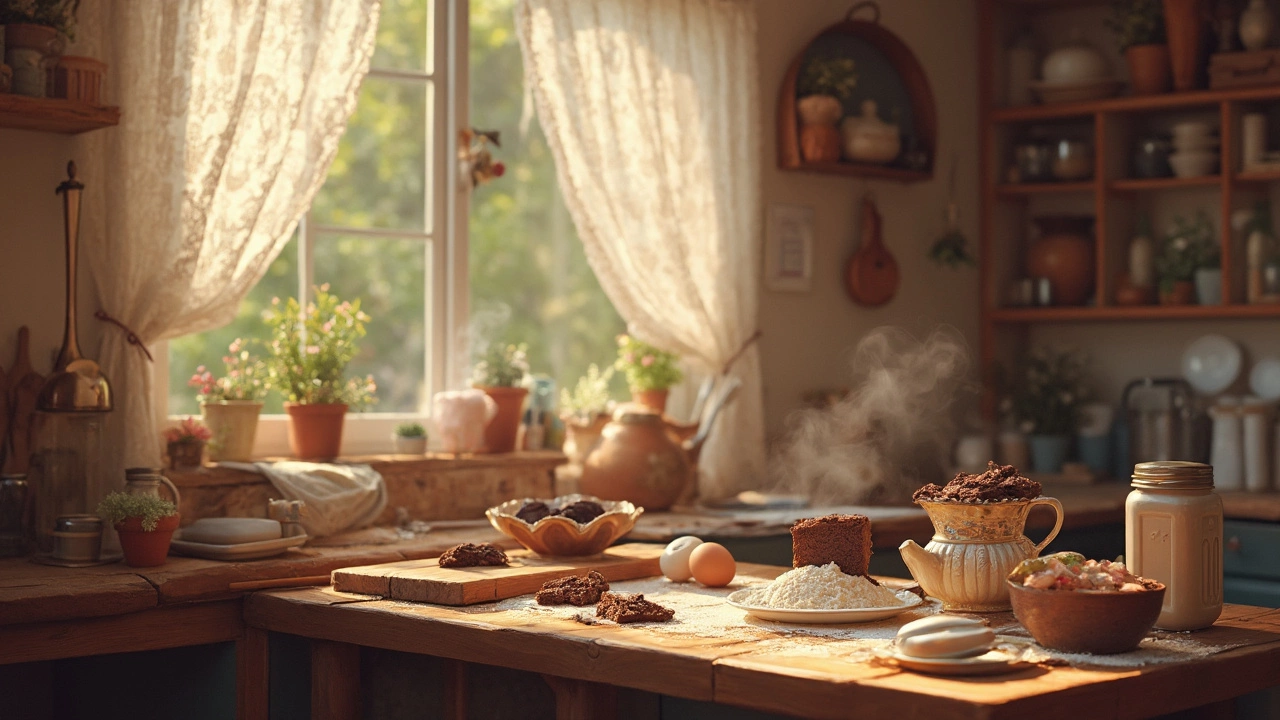
Ever baked a batch of scrumptious brownies only to find them turning into chocolate bricks after they cool? It’s a common disappointment, but fear not—all is not lost! Understanding why this happens can save your future brownies from such a fate.
The major culprit here? Moisture loss. When you bake brownies, they start off with plenty of moisture. As they cool, this moisture can evaporate, leaving you with a much harder treat. This is especially true if they’re left exposed to air for too long. So, what can you do about it?
First off, check your oven temperature and timer settings. Overbaking is a notorious brownie-ruiner. Even a couple of extra minutes can dry them out. Aim for that toothpick test—insert one into the center, and if it comes out with a few fudgy crumbs, you’re golden.
- The Science Behind Hardening Brownies
- Common Baking Mistakes
- Keeping Brownies Soft Post-Baking
- Ingredients That Make a Difference
- Storing Brownies for Longevity
The Science Behind Hardening Brownies
Why do those soft and chewy brownies suddenly become hard? It’s all down to the science of moisture and how ingredients react during baking. When brownies cool, they shed moisture. Think of it like anything else that cools—left uncovered, they’ll dry out. The change in texture is mostly because water content is lost to the air, leaving the sugar and flour to bind tighter, which can create a firmer structure.
The main ingredients like sugar, flour, and fat (think butter or oil) play crucial roles. Sugar, when heated, not only contributes to sweetness but also traps moisture. If you don’t have enough sugar, the brownies can harden quickly. Flour, on the other hand, provides structure, and more flour can mean drier results if it's overdone.
Then there’s the role of temperature. If you’ve ever baked brownies at a temperature that’s too high, you've probably noticed crusty edges form much faster. The heat causes sugars to crystallize too quickly, again leading to that hard texture.
Let's not forget the storage. Keeping them at a cool, consistent temperature in an airtight container helps hold onto the brownie’s precious moisture. Wrap them up if you're storing them after they’ve cooled to prevent them from hardening.
Here's a quick guideline to retain moisture:
- Use the right amount of sugar and liquid ingredients to create balance.
- Avoid overbaking by adjusting oven temperature slightly.
- Wrap cooled brownies in plastic wrap or store in airtight containers.
With just a few tweaks here and there, your brownies can remain as soft and fudgy as you'd like.
Common Baking Mistakes
Even the best of us can mess up while baking brownies, and it usually comes down to a few repeat slip-ups. Nobody wants to bite into a hard, dry dessert after all that effort. Let's pin down the usual suspects so you can dodge them next time.
First on the list is overbaking. It’s so easy to do when you're anxious about gooey centers setting properly. But get this—the heat from the baking dish continues cooking the brownies after you pull them out of the oven. Aim for a slightly underbaked center when doing the toothpick check. Some fudgy bits clinging to the toothpick are good signs!
Another major hiccup? Using the wrong pan size. If your batter’s spread too thin in a larger pan, they’ll bake way faster. And boom—hard brownies! Always stick to the recommended pan size, or adjust baking time if you must deviate.
Let's not forget ingredient measuring mishaps. Eye-balling flour or cocoa powder might backfire. These dry ingredients can absorb more moisture than you expect, leading to less tender results. Precisely measuring your ingredients ensures consistency and saves you disappointment.
Got an oven thermometer? If not, it’s time to consider one. Oven temperatures can be sneaky, sometimes off by 20 degrees either way. A thermometer helps you keep things in line, ensuring you're not accidentally overcooking your brownies.
Lastly, if you're storing them right in the baking dish and leaving them uncovered, they'll dry out super fast. Make sure to transfer your cooled brownies to an airtight container or wrap them snugly. Trust me, your future self will thank you!
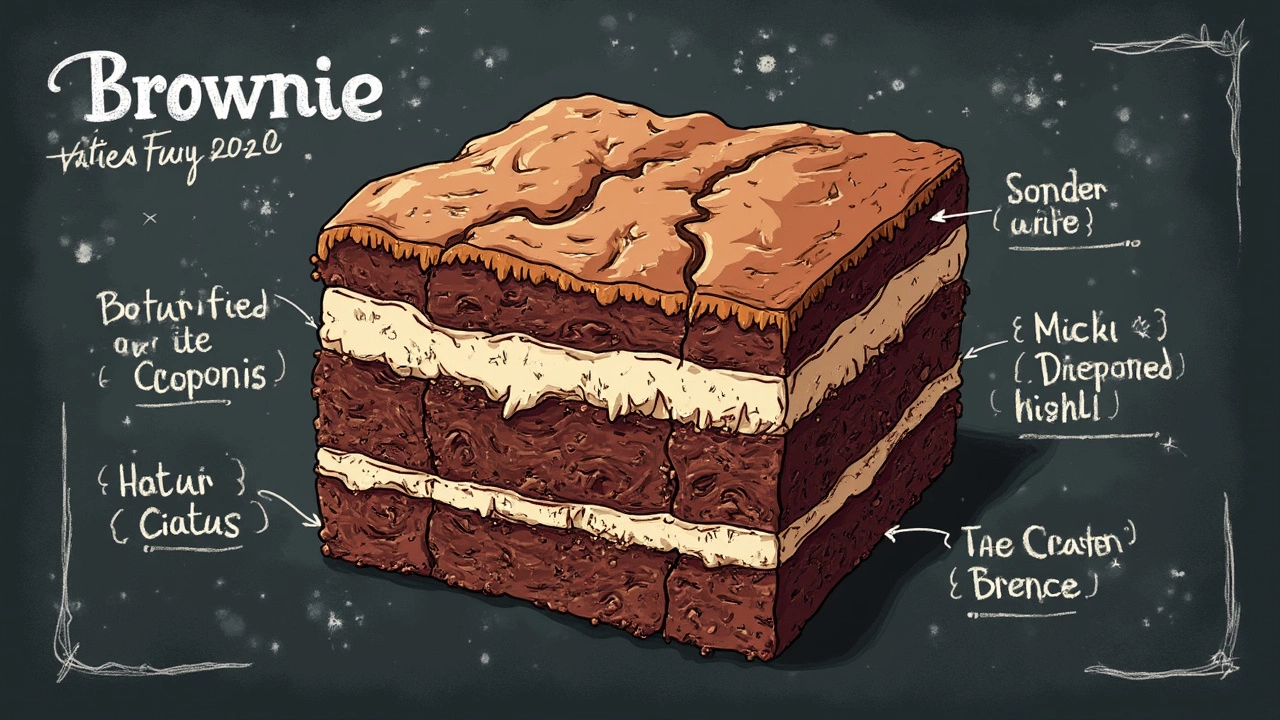
Keeping Brownies Soft Post-Baking
Alright, so you've pulled them from the oven at the right time, but now what? Keeping your brownies soft after baking comes down to how you handle them after they leave the oven. Here’s the lowdown on what to do next.
The first step? Let them cool completely before cutting. It might be tempting to dive in right away, but patience is key. When they’re too hot, cutting them can make moisture escape even faster.
Once cooled, it's crucial to store them properly. The air is your brownies’ biggest enemy when it comes to retaining softness. Here are some steps to follow:
- Wrap Them: Use plastic wrap or aluminum foil to tightly cover the brownies. Make sure there are no gaps where air can sneak in.
- Use an Airtight Container: Once they're wrapped, stick them in an airtight container. It’s like giving them a cozy little home.
- Add a Slice of Bread: This might sound weird, but it works! Putting a slice of bread in the container absorbs any extra moisture leaving your brownies soft as ever. Just change the bread if it starts to get stale.
If you’re thinking of long-term storage, consider freezing them. Frozen brownies can last up to three months and still taste fresh when thawed. To do this, wrap each brownie individually in plastic wrap, then bundle them together in a freezer-safe bag. When you’re ready for a treat, let them thaw at room temperature. You can even give them a quick zap in the microwave for that fresh-out-of-the-oven feel.
By tackling storage the right way, you’re ensuring that each piece remains delicious and soft, ready for when the craving hits!
Ingredients That Make a Difference
So you've got your basic brownie recipe down, but did you know that tweaking just a few ingredients can be a game changer? Let's dig into the building blocks of soft, chewy brownies and figure out how to make them stay that way.
First up, butter or oil? Both can work, but they behave slightly differently. Butter can make your brownies rich in flavor, but oil tends to give them a softer, more tender texture. If you're aiming to keep them soft after baking, a vegetable or canola oil might be your best bet.
Then there’s the sugar. Using brown sugar instead of white sugar helps because it contains molasses, which can add moisture. This tweak alone can make your brownies less likely to go rock hard.
Do not underestimate the power of eggs. They’re not just for structure. Add an extra egg yolk for a boost of richness and fudginess that helps seal in that precious moisture.
And let’s talk chocolate. Using a blend of melted chocolate and cocoa powder can deepen the flavor and alter the texture. The melted chocolate keeps things rich and decadent.
Here’s a nifty tip: consider throwing in some unexpected ingredients that trap moisture, like a dollop of yogurt or even mashed avocado. Sounds wild, but the creaminess can work wonders!
- Butter vs. Oil: Oil for softness, butter for flavor.
- Sugar: Brown sugar retains moisture better.
- Eggs: Extra yolk for richness.
- Chocolate: Mix melted chocolate with cocoa powder.
- Bonus Ingredients: Try yogurt or avocado for moisture.
Remember, it's about balancing these elements to tailor your brownies to your texture dream. Next time you're whipping up a batch, keep these tips in mind and watch how a simple switch can make a world of difference in how your brownies turn out!

Storing Brownies for Longevity
If you want your homemade brownies to remain deliciously soft for days, storing them right is super crucial. Trust me, it makes all the difference between enjoying a chewy treat or regretting taking a bite of a chocolate rock. Let’s dig into some practical tips.
First, always let your brownies cool completely before storing them. Trapping heat can cause moisture buildup, which can oddly enough contribute to drying them out. Once cool, the key is to keep air out. Use an airtight container, and layer the brownies with wax paper between them. It prevents them from sticking and keeps every layer fresh.
If you want to go the extra mile, wrap each piece individually in plastic wrap before placing them in the container. This method is twice the protection, especially if you’re planning to store them for more than a couple of days.
Should you be choosing between the fridge and the pantry, aim for the pantry unless it’s blazing hot outside. Refrigeration can sometimes take that delightful ‘just baked’ texture away by dehydrating the brownies. However, if you’re storing brownies for over a week, the fridge wouldn’t be a bad idea. Just bring them back to room temperature or give them a quick zap in the microwave before serving.
And what if you need to preserve them for even longer? Freezing brownies is a nifty trick. Wrap them tightly in plastic, then foil, to prevent freezer burn. This way, they can last up to three months. Just thaw them at room temp when you crave one – it’s so simple!
Oh, and in case you're wondering about the numbers: stored properly at room temperature, brownies remain fresh for about 3-4 days. In the fridge, you’re looking at about a week, and as mentioned, up to 3 months in the freezer. Not bad, right?


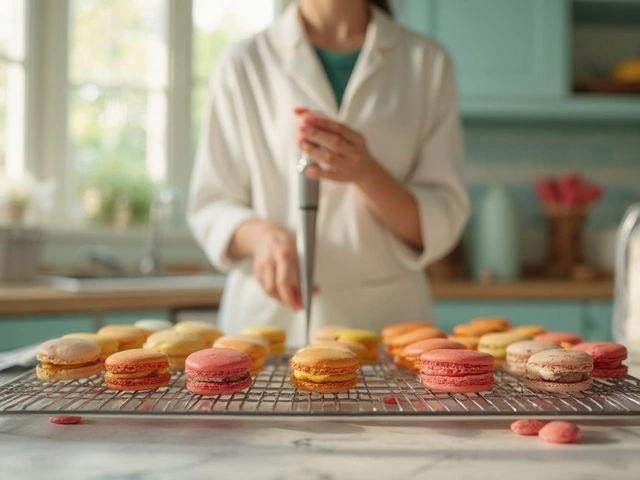
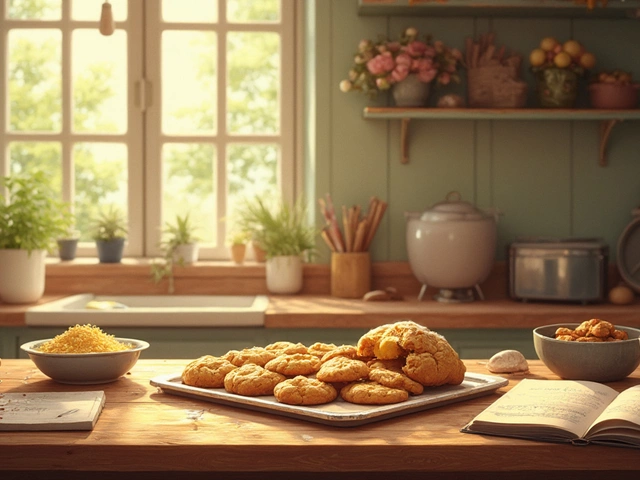
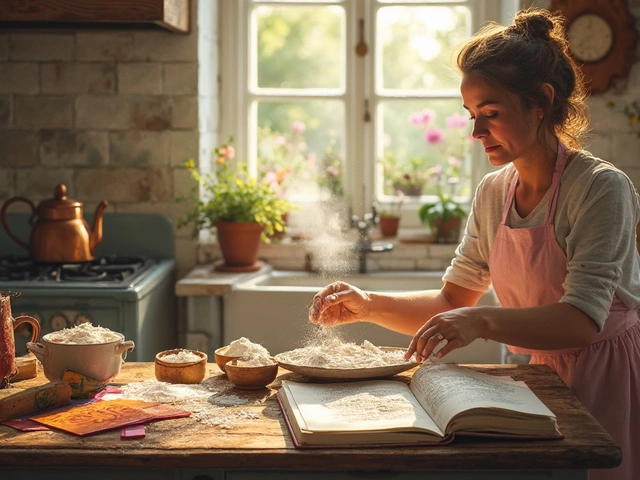
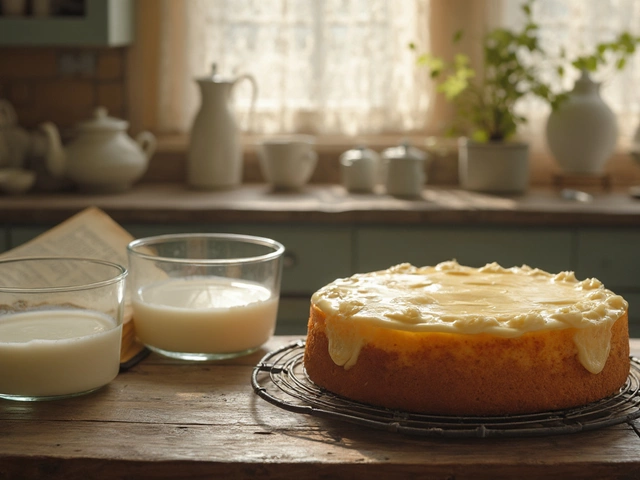

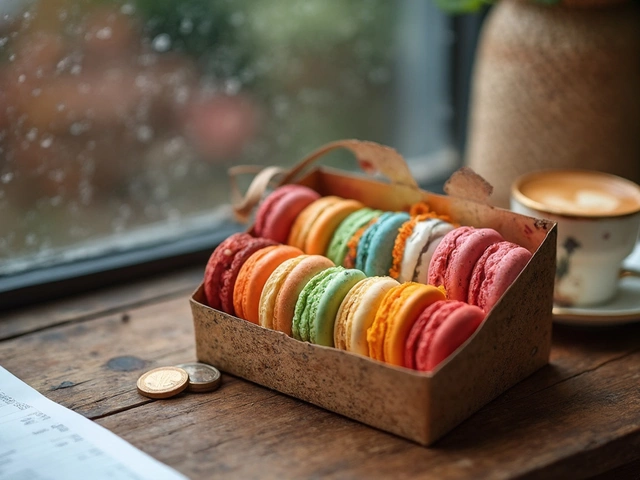

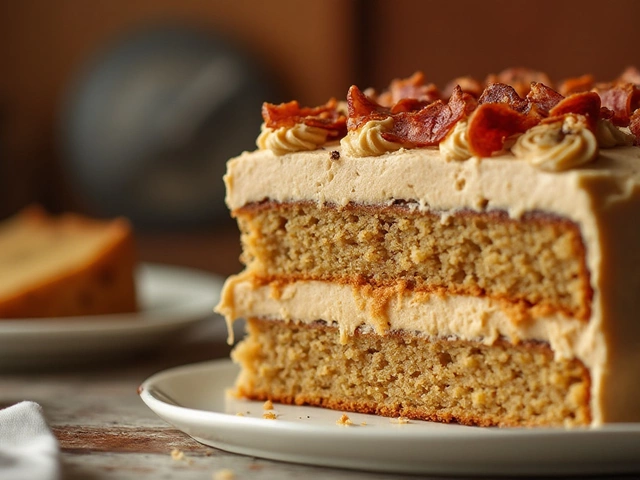
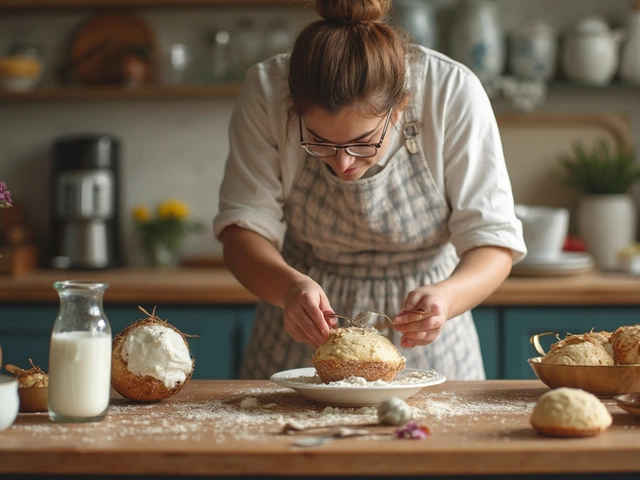

Write a comment